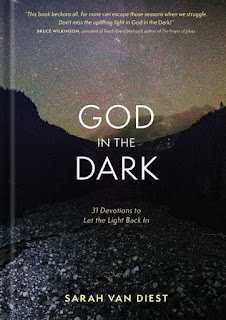On Death
Compelled to find the harmonious amid the dissonant, the common within the diverse, the contemplative mind untethers itself from the chaos of the day and looks beyond it in hopes of finding order and continuity - beauty in simplicity. A profoundly held belief that all things have a single origin dwells and thrives in this mindset. This belief energizes the discipline of shedding what is superfluous and distracting in exchange for that which is core and fundamental.
In his book, Beauty: The Invisible Embrace, John O’Donohue talks about the “continual attempt to build a creative companionship with your own death,” saying that “all fear is rooted in the fear of death,” and that the contemplative mind “…endeavors to turn that bleakness into a welcoming tenderness. It is as though the gaze of kindness causes the abyss to relent and yield some shelter.”
He goes on to say, as if he hopes this, “Maybe life and death are one in God.”
The pilgrimage through ideas, myths, tales, beliefs, and fears about death is fueled by this hope. Perhaps it is an unwillingness to surrender to explanations about death which feel chaotic or cold, or which seem to mock God and his creation, that is this stubbornness. Or perhaps it is faith – the belief that God is who he says he is, that his love is what we hope it is, and that he is truly the unfathomable, indescribable, awe-inspiring, amazing Giver of Life; and that death is somehow misunderstood.
It is a partly true thing to say that death is an absolute, for all experience it, but to view death in the absolute sense of finality reveals a disengagement from the eternality of memory. Hidden in the bone, recessed in the corner of the mind, is memory which extends beyond the boundaries of our given lives; a timelessness which is experienced and brought into view in the transcendent moments of great emotion or connection, those sparks of enlightenment when we know at the depths of who we are that we are inextricably entwined with the stars, the sea, and all of humanity. What we possess as memory is not defined only by what we remember, but by an ethereal sense of understanding and familiarity with being. When did you first become? We do not have a sense of beginning, for our perception is that we have always been.
Death is not the ending of ourselves, nor is it a disintegration of ourselves back into the energy of the universe, for we were made intentionally and shall continue on as such. Resurrection is the hope and will be our experience. The continuation of our being from before we were born through and past death is the reality of the created. In this light, death is as birth, and birth is as death.
The resurrection of our beloved Savior defines our hope, and reinforces our hidden memory. His continued life after and through death is the refusal to see God and his creative powers mocked. It is the singular truth amid the chaos that fuels our search for the deepest meaning possible. Jesus’ death did not result in his life-energies being scattered to the winds of the universe, but in his transfigured return.
At the end of all things, what becomes of death? The scriptures tell us it shall be thrown into the Lake of Fire. It is of no more usefulness, for life within time has ended, and being has claimed and recognized its eternal nature. Life reigns in the eternal as it always has, and death reveals its temporal nature, both in our experience and in its own.
Perhaps O’Donohue is right, “Maybe life and death are one in God,” for existence is not determined by either in the eyes of God.



Comments
Post a Comment